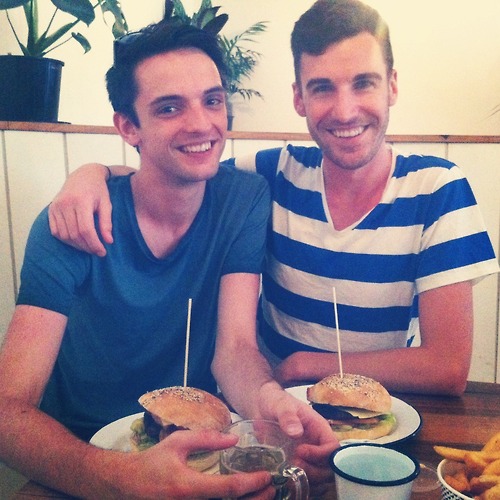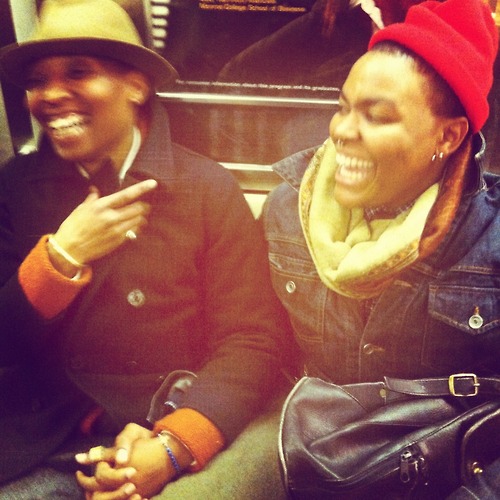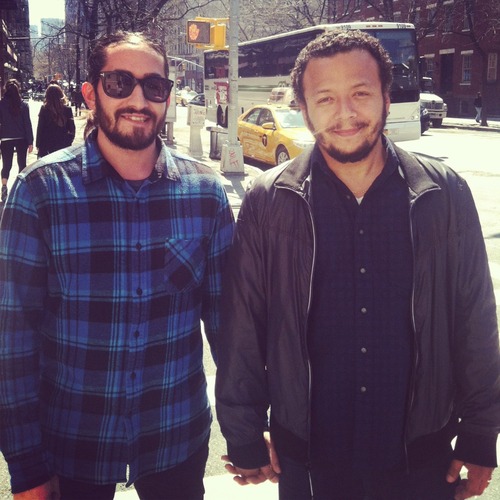Guest Post by Court Baxter for International Anti-Street Harassment Week

“I bet you love to go down on each other. Do you eat her out?”
This was my welcome to New York. Walking down the street in Union Square holding hands with my girlfriend, two hours after I had landed in New York City to visit her, a stranger whispered this close behind us as we crossed E. 17th street before swiftly disappearing. The next night, another belligerent man yelled at us from across the square. A month later, a man asking for money stood closely behind us as I refilled my metro card and whispered homophobic expletives.
That was my proverbial straw. Now, I’ve never been much of a wallflower, but we — women, the queer community, minority groups– are often taught that responding to the slew and sewage of street harassment isn’t always worth our time. It is not always safe. So despite my activist impulses, my inner rage, and the weight of deep sadness in which I felt I could do nothing to protect this person who I loved so wholeheartedly from that harassment (let alone protect myself), I stayed quiet. I always stayed quiet. I would cry later, after these incidents, and try to direct my anger in a way that felt healthy and cathartic. It was a survival mechanism – figurative and literal – because as we know, responding in the moment isn’t always an option and in this day and age (despite swift cultural change) fear of attack or death is alarmingly real. So we learn to deal. We internalize. We do what we have to do.

It was soon after the man in the subway station when I decided that I couldn’t accept that reality. Those moments with Phoebe replayed in my head every time I went to hold her hand in public. They resurfaced almost every time I saw a happy straight couple show affection in public. I was angry. The fact that these men and their vitriolic threats had tarnished what I saw as my very “normal” inclination to hold hands with the person I loved. But I didn’t want to harbor this frustration every time I saw happy couples. And I didn’t want to always feel like it was my responsibility to confront any other person who harassed us. Besides, there were already organizations working so diligently to address this issue from that angle. I decided I wanted to focus on the good. I wanted to find couples, who despite daily fear of very real harassment, make the decision to love their partners anyway. To kiss them goodbye on the corner of 86th and Lex anyway. To hold their hands in Flatbush anyway.
Queer in Public, or QUIP, is a a crowd-sourced street photography initiative in which we take photographs of queer couples who show affection in public. It’s an effort to familiarize and normalize queer affection, and archive the reality that people all over the world are standing up to harassment — simply by their refusal to be conditioned to stay invisible. We are a movement to transform “queer love” into plain old: “love”. Or, as I like to sometimes describe it, a way of saying “fuck you” to the haters, “you can’t stop us.”

For some, the threat of violence is too real, and the simple act of holding hands or kissing on a street corner would be unwise and unsafe. But for the rest of us, we have the capability to shift the tides by making ourselves visible. I’m part of this movement because despite what can feel like a never-ending, dismal tunnel- I see that light. I see couples day after day, in cities and towns all over the world, show love for the ones they love. There is incredible work to be done, and QUIP is part of that work, but we are absolutely chipping away and for those of us who feel safe enough to do so, being queer in public gives us power by making us real.
Courtney Baxter is a professional rabble rouser. She is Chief of Staff at The OpEd Project, runs community initiatives at Feminsting, and is the Founder of Queer in Public. To be a part of the movement, join us here.
